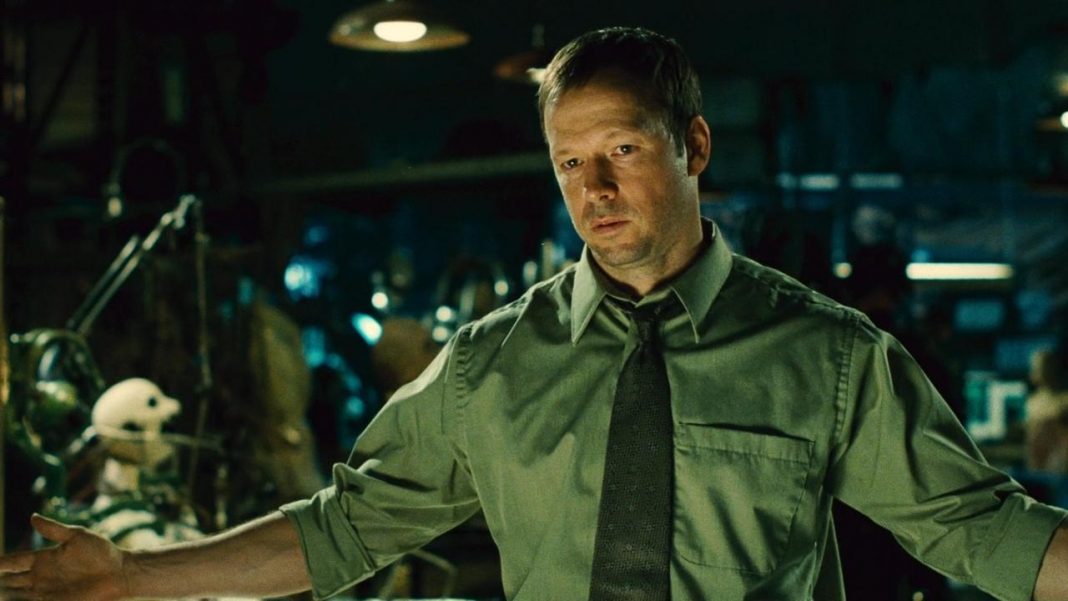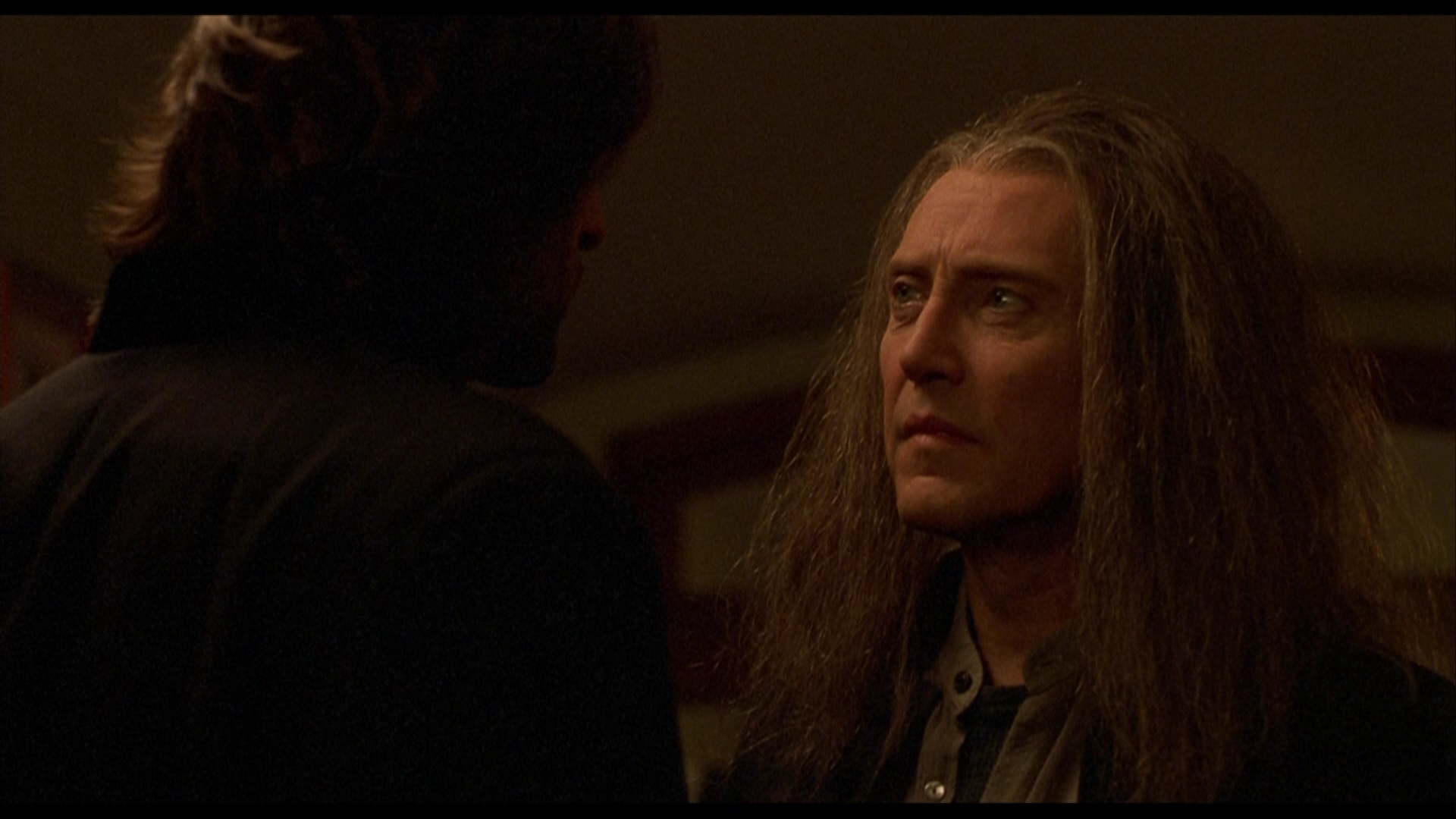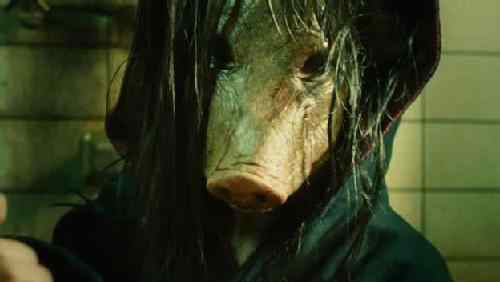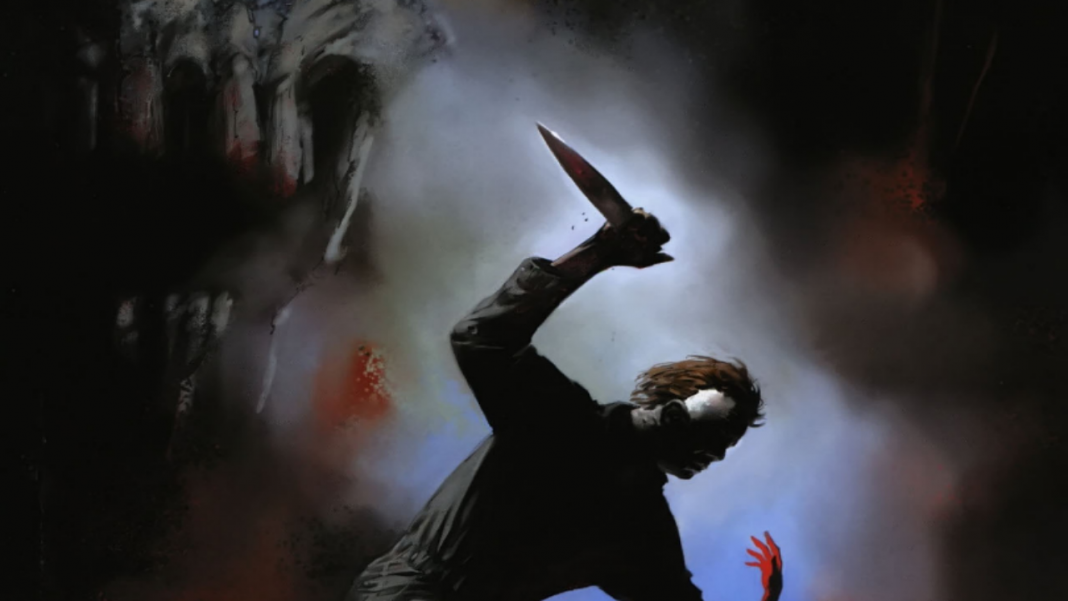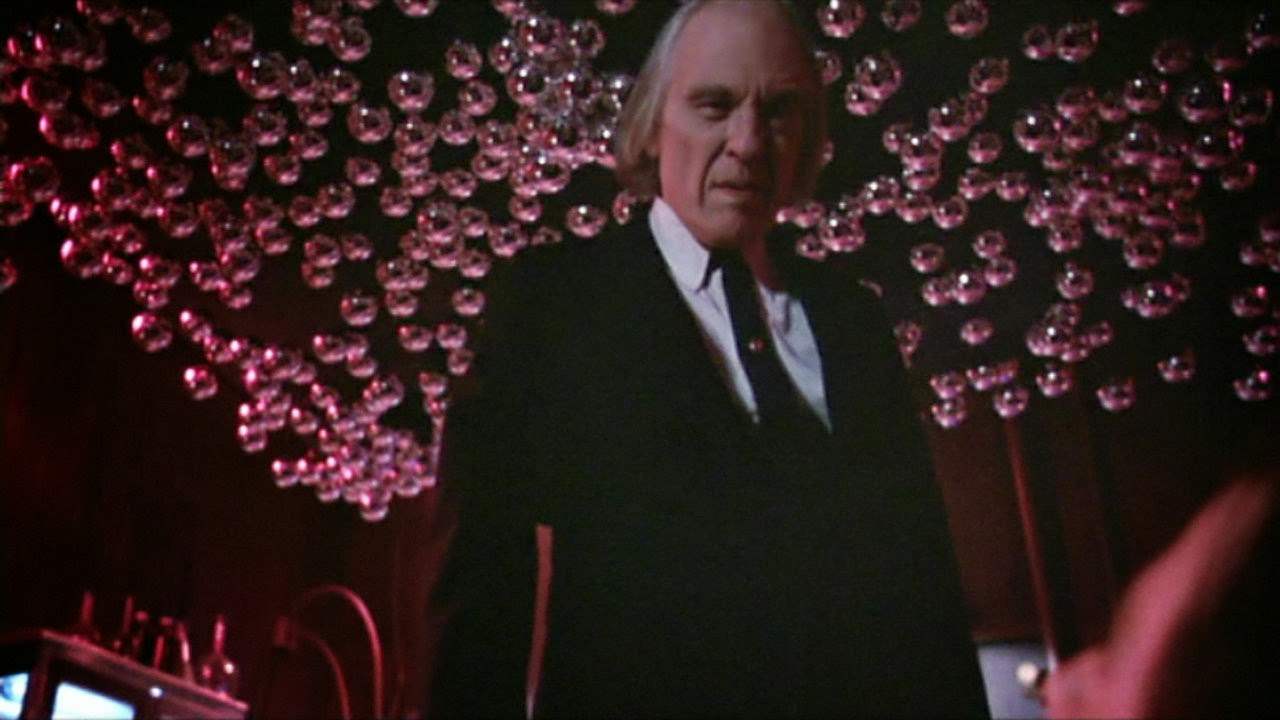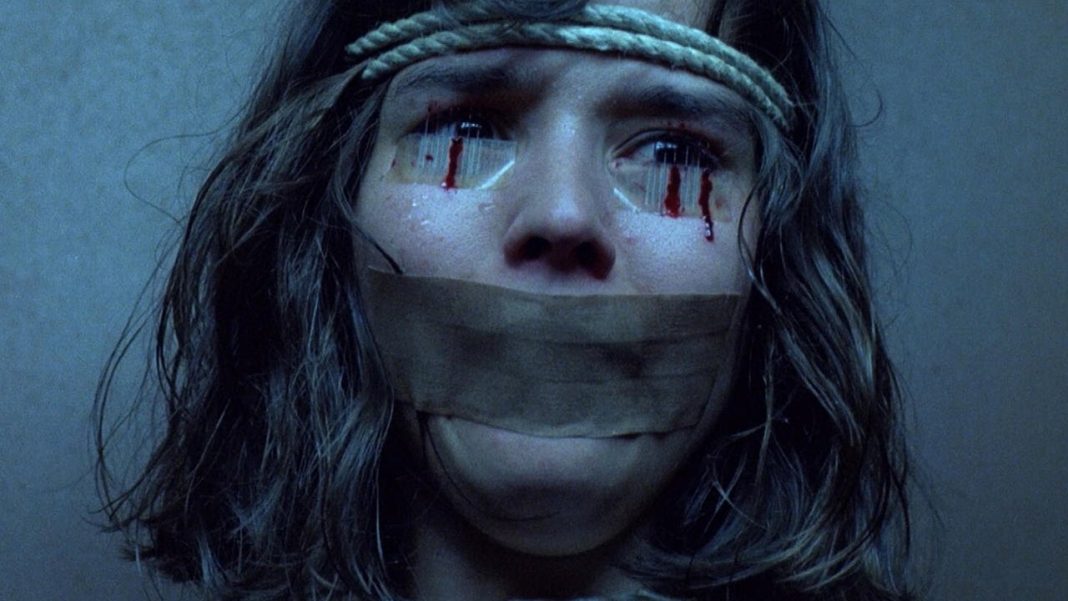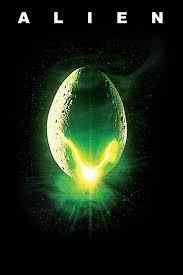Executives will do just about anything to make sure that a horror film, if it’s even moderately successful, gets a sequel. It doesn’t matter if it’s good. And it doesn’t even have to be considered a blockbuster. They just want a reasonably profitable brand with name recognition. And when they have it, they want to keep that brand going. How it keeps going isn’t always that much of a concern to them.
Because of that, we get a lot of horror sequels that weren’t intended to be that way. Production houses will constantly buy scripts that wind up going nowhere, just sitting on the shelf collecting dust for years. An original idea may be bought because it’s an original idea, but still won’t be made because it’s original.
So it gets repurposed. Someone else is brought in to change the little details. And then, usually without the original writer even being aware of it, it becomes a sequel. It may sound absurd, but as we’re about to see, it happens all the time.
Pumpkinhead II: Blood Wings
Pumpkinhead II was originally a totally unrelated script about a boy who returns from his grave to take vengeance years later on the men who killed him. These elements are mostly intact in the finished film, with the obvious addition of the Pumpkinhead creature and some aspects of the mythology. This does explain, though, why it was almost a completely different movie than the first.
The first of at least three Hellraiser films to not have started out as Hellraiser movies, Inferno is the least effective at being a part of the franchise as Pinhead has under five minutes of screen time and the Cenobites barely have any bearing whatsoever on the plot. It is the most obviously un-Hellraiser of the entire series. Regardless of that, it’s hard enough to watch on its own just because the protagonist is basically a piece of human garbage with no redeeming qualities.
Hellseeker tried to pretend to be a bit more of a Hellraiser entry by bringing back the franchise’s original protagonist, Kirsty Cotton. While Kirsty is not in the film any longer than Pinhead himself, it’s nice to see Ashley Laurence return to the role. The best scene was cut from the feature, but at least makes an appearance on the DVD release, which is simply a discussion between Pinhead and Kirsty on the nature of their relationship.
Worth mentioning on its own, the script Deader by Neal Marshal Stevens gained a lot of interest in Hollywood before ultimately being bought by Dimension, who did nothing with it. It sat around for years, a project that people were legitimately interested in and wanted to make, before being scaled down to yet another direct-to-video Hellraiser entry to be shot in Romania.
Detroit Rock City scribe Carl Dupre almost had an entire second career as the guy who rewrote original scripts to be sequels, handling Hellraiser: Hellseeker, Hellraiser: Hellworld and The Prophecy 3 for Dimension. The last entry in the series to feature Christopher Walken, Prophecy 3 has a better handling of the mythology and the material than the later Hellraiser sequels.
Darren Lynn Bousman made his way into Hollywood by gaining a lot of attention for a script he had written called The Desperate. After the release of Saw, the similarities between that feature and his script were readily apparent, making investors hesitant to release something so similar so quickly. Some producers, however, only saw an opportunity. They had Bousman rewrite the script to be more in line with the first Saw and then put it into production as Saw II, allowing Bousman the opportunity to direct it as well.
